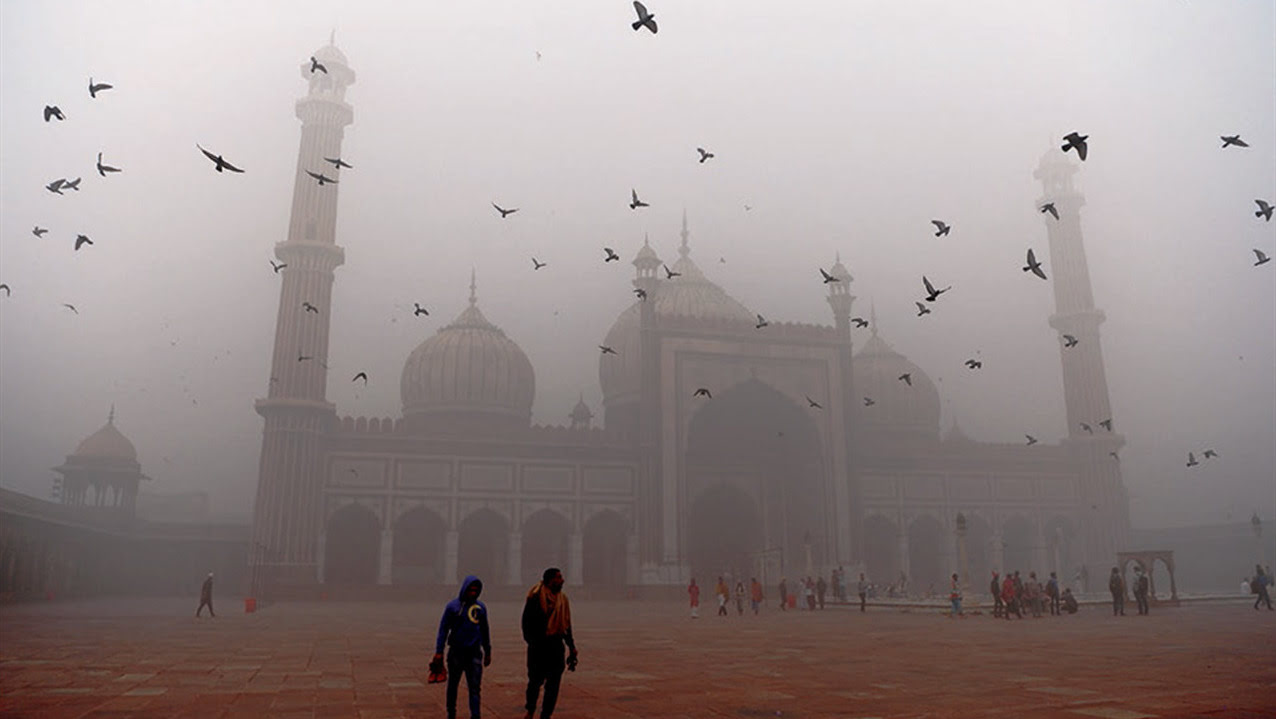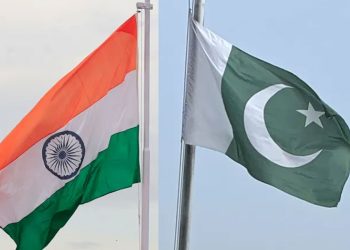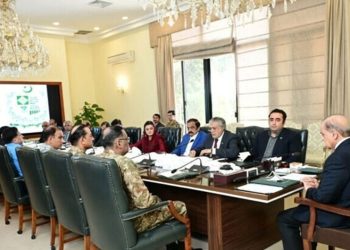To fight Punjab’s heavy smog, artificial rain is set to be carried out in the country’s history for the first time under the supervision of Punjab University’s Centre for Integrated Mountain Research.
The centre’s Director Professor Munawer Sabir is heading the team that will initially do the experiment in the Khanspur mountainous area.
The PU team is ready to test the technology in an area of one square kilometre. The PU team plans to test it in Lahore after November 19.
Director of PU’s Integrated Mountain Research Centre, Dr Munawer Sabir has been busy in experimenting with the technology and is now set to carry out the trial this week.
PU’s Integrated Mountain Research Centre carries out research on geographical changes, mountains and environmental issues is conducted.
Professor Sabir said around 50 countries had already used artificial rain to overcome smog.
He believes that the mechanism could help overcome the problem of smog forever if the government paid more attention to efforts in this regard.
“The main reason for choosing the site of Khanspur for the test is that it is a mountainous area where clouds are frequently present in the surroundings. The level of humidity in the air is also high,” he said.
”We are in contact with the meteorological department and checking the situation of natural rain,” he said, adding that the experiment would be carried out on a day when there were 30-40% chances of clouds with a humidity level of around 70%.
“The only difference here is that I am doing this with my own resources, while in other countries the governments or different departments supported environmentalists in this regard,” the expert said.
“You can use electronic drones of planes. It is not impossible as we have to just spray salt over clouds that makes them concentrate with a higher quantity of water, leading to rainfall. I am doing this experiment in a limited area and have selected a site covering 1km square.”
“If we manage to create artificial rain for 5-6 hours in Lahore in this season then we can counter the impact of the smog as the dust and other elements posing risks to people’s health would be washed away. Many institutions including Suparco and the Civil Aviation Authority, and even individuals owning aircraft can contribute in the process. Dubai adopts the method every year to fill dams and use the water for generating electricity,” said Professor Sabir.





